Let’s face it: yarn labels can feel like deciphering ancient hieroglyphs when you’re new to crochet. Worsted? Aran? DK? Is that a coffee order or a yarn type? Don’t worry, we’ve all been there, yarn weight for crochet beginners is like sorting laundry for the first time: everything looks soft and colorful, but you’re not sure what goes with what… and one wrong move might shrink your sweater.
So if you’ve ever stared at a skein wondering whether it’s going to make a cozy scarf or an accidental beach towel, this yarn weight guide is for you. No jargon. No gatekeeping. Just yarn weights explained in a clear, beginner-friendly way, so you can shop smart and crochet with confidence!

What is yarn weight, anyway?

Yarn weight doesn’t refer to how heavy a skein is on your scale. Instead, it means how thick the strand of yarn is. This thickness affects how your stitches look, how big your finished piece will be, and what hook size you’ll need.
Think of it like clothing sizes: Baby yarn is like XS, chunky yarn is XL. Use the wrong size and your cute hat might fit your cat instead.
The Yarn Weight Family
Let’s meet the lineup, shall we?
0 – Lace
Also called: Thread, Cobweb.
Tiny, delicate, and pretty much dental floss in disguise.
Best for: doilies, lace shawls, heirloom baby clothes.
Hooks: 1.25 to 2.25 mm hook
1 – Super Fine
Also called: Fingering, Sock.
Think: baby socks, dainty gloves, your patience being tested.
Best for: lightweight garments, socks.
Hooks: 1,75 to 2,5 mm hook
2 – Fine
Also called: Sport, baby.
Still thin, but finally starting to feel like yarn.
Best for: baby clothes, light sweaters.
Hooks: 2 to 3,5 mm hook
3 – Light (DK or Light Worsted)
Also called: DK (Double Knit), Light Worsted.
The people-pleaser of yarn weights.
Best for: blankets, lightweight sweaters, accessories, small amigurumis.
Hooks: 2,5 to 4 mm hook
4 – Medium
Also called: Worsted, Afghan, Aran.
The Pikachu of yarn weights (also my fav): instantly recognizable, endlessly loved, and works with everything.
Best for: scarves, blankets, sweaters, bags, bigger amigurumis.
Hooks: 4 to 5,5 mm hook
5 – Bulky
Also called: Chunky.
It’s thick. It works up FAST, and it’s really satisfying to work with.
Best for: cozy hats, chunky blankets, last-minute gifts, plushies.
Hooks: 5,5 to 7 mm hook
6 – Super Bulky
Also called: Roving, super chunky.
Basically crocheting with yarn so thicc it could bench press your hook.
Best for: quick projects, big scarves, blankets, rugs, “I finished this in an hour” flexes.
Hooks: 7 to 12 mm hook
7 – Jumbo
Also called: Arm knitting yarn
This is your main character yarn. Think arm knitting, extreme crochet.
Best for: Giant pillows, statement throws, giant home decor.
Hooks: 15 mm and up… or your actual arms.
Yarn Weight Chart – Yarn Weights Explained

Yarn Label Decoding 101 – Yarn Weight Guide
Remember trying to decipher shampoo bottles in the shower as a kid, pretending to be a scientist? Yeah, yarn labels are kind of like that, mysterious at first glance, but once you know what to look for, it all starts to make sense. Here’s how to crack the code and make the yarn aisle a lot less intimidating.
Yarn Weight Symbol
Look for a little icon that looks like a skein with a number inside, this is your yarn’s weight category. Ranges from 0 (lace) to 7 (jumbo), it tells you how thick the yarn is. It’s your first big clue for what kind of projects it’s suitable for.
Tip: If the label says “#4 Medium” or “#5 Bulky”, you’re looking at classic sweater or blanket yarn territory.
Recommended Hook Size
Next up: a small graphic showing a crochet hook and/or knitting needles with numbers beside them. That’s the recommended hook size for that yarn. Follow it if you’re not sure what to use, but feel free to go up or down depending on your style and desired drape.
Think of it as the “suggested serving size”, you don’t have to follow it, but it’s a solid starting point.
Gauge
Ah, the dreaded gauge square. It usually says something like “10 x 10 cm = 14 sc x 16 rows.” Translation? If you crochet a 10 cm (4 inch) square using the recommended hook, you should get that many stitches and rows. This matters more for fitted garments, but don’t stress if you’re just making a dishcloth or a small project.
Fiber Content
This tells you what the yarn is made of; cotton, acrylic, wool, alpaca, bamboo, or a specific blend. It’s essential for knowing how the yarn will behave: breathable? Warm? Stretchy? Machine washable? Your project depends on this.
Yardage / Meterage
This section tells you how much yarn is in that skein (e.g. 100g = 170m). This helps you figure out how many skeins you’ll need for your project. Spoiler alert: It’s almost always more than you thought.
Care Instructions
Look for tiny laundry symbols that tell you if your masterpiece can survive a washing machine or needs to be treated like royalty (i.e. hand-washed and laid flat to dry). Some yarns will shrink or felt if treated wrong, so don’t skip this part!

Why Yarn Weight Matters – Crochet Yarn Weights
Matching the right yarn weight to your pattern means:
- Your project turns out the right size.
- Your stitches look how they’re supposed to.
- You avoid the dreaded frog (rip-it) situation.
Bonus Tip: When in Doubt, Swatch It Out
If you’re substituting yarns (because let’s be real, sometimes the fancy one is $22 a skein), make a quick swatch and check the size. Swatching isn’t glamorous, but neither is a sweater that fits your dog instead of you. And if you’re still unsure about yarn weight? Don’t worry, I’ve got one more trick up my sleeve: it’s called WPI, and it’s about to become your new favorite yarn hack.
What’s WPI? (Wraps Per Inch)
Let’s say you found a random ball of yarn in your stash with no label; mysterious, fluffy, and full of potential. But… what weight is it? Is it suitable for a cozy scarf or only good for tiny amigurumi? Enter your new secret weapon: WPI, a.k.a. Wraps Per Inch.
WPI is a super simple (and oddly satisfying) way to figure out a yarn’s thickness when there’s no label in sight.
In short: it’s a quick DIY test that tells you how many times a yarn can wrap around one inch of space, more wraps = thinner yarn, fewer wraps = chunkier yarn. Magic? No. Practical? Absolutely.
Ready to put it into action? Here’s how.
How To Do a WPI Test – Yarn Weight Guide
You’ll need:
- A ruler (or anything you can measure an inch on)
- A pencil, a piece of cardboard, or similar smooth object
- Your yarn
Step-by-step:
- Wrap the yarn snugly but not too tight around the pencil over a 1-inch section.
- Make sure the wraps are just touching, not squishing into each other.
- Count how many wraps fit in that 1 inch = that’s your WPI!
✨ Bonus tip: If you don’t want to DIY it, there are actual WPI tools you can buy or 3D print for free if you own a 3d printer. You can also DIY your own WPI tool with a piece of cardboard.


WPI Cheat Sheet
| Yarn Weight | WPI Range |
|---|---|
| Lace | 18+ WPI |
| Super Fine | 16 – 17 WPI |
| Fine | 14 – 15 WPI |
| Light | 11 – 14 WPI |
| Medium | 9 – 10 WPI |
| Bulky | 6 – 9 WPI |
| Super Bulky | 5 – 6 WPI |
| Jumbo | 1 – 4 WPI |
This chart is based on Craft Yarn Council and The Woolery guidelines, with a few personal tweaks.
TL;DR: Yarn Weight = Thickness = Big Deal
Knowing your yarn weights is like leveling up in crochet: suddenly patterns make sense, your stash is organized, and you feel like you’ve unlocked a life cheat code.
So the next time you pick up a skein, you’ll know exactly what you’re working with, and more importantly, what you can make with it.
Now go forth, yarn whisperer.
You might also enjoy these articles:
📌 15 Fun and Easy Crochet Projects for Beginners
📌 Easy Crochet Home Decor Projects Anyone Can Make
📌 10 Essential Crochet Tips for Beginners to Avoid Common Mistakes
📌 Crochet Magic Circle For Beginners : My Simple Method
📌 Top 10 Free Crochet Patterns to Try in 2025

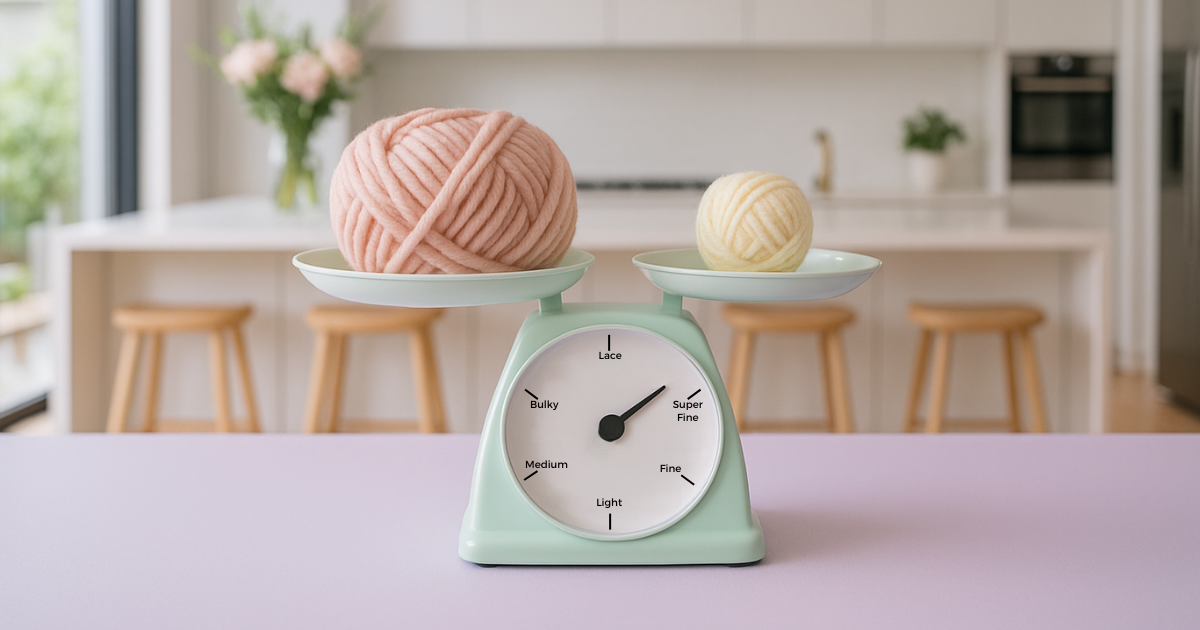
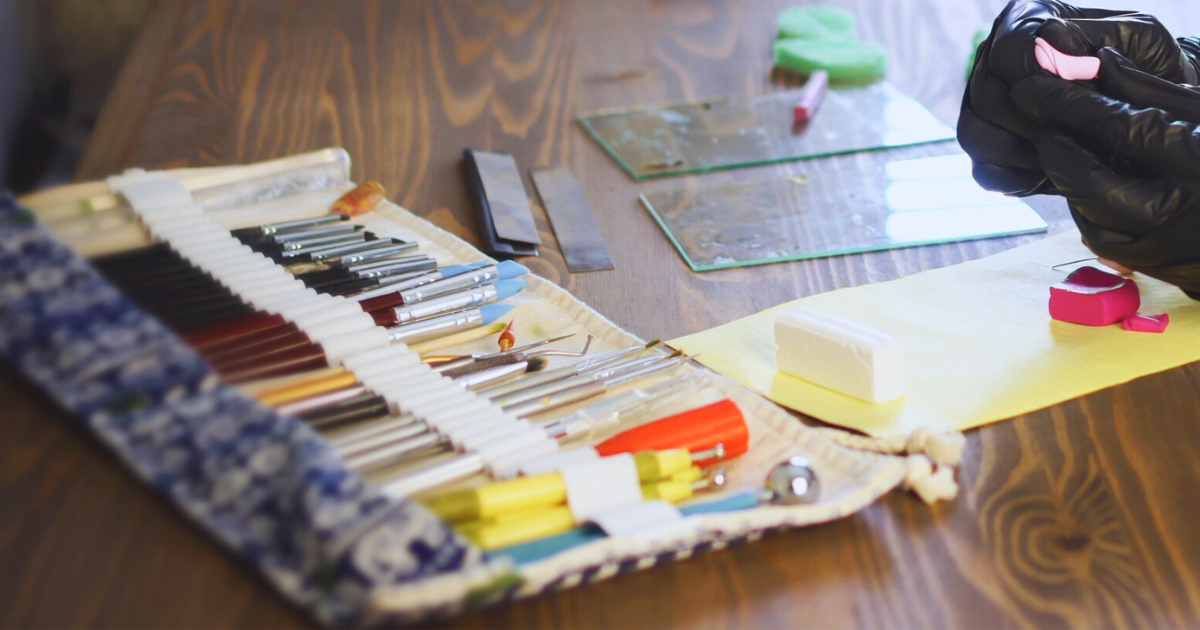

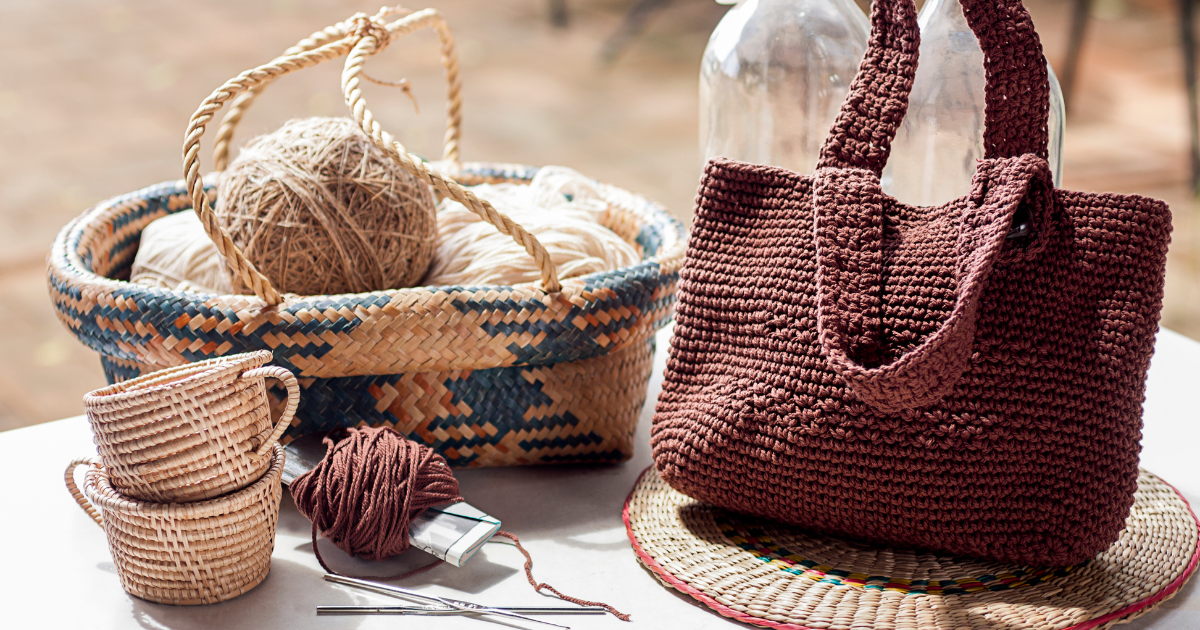
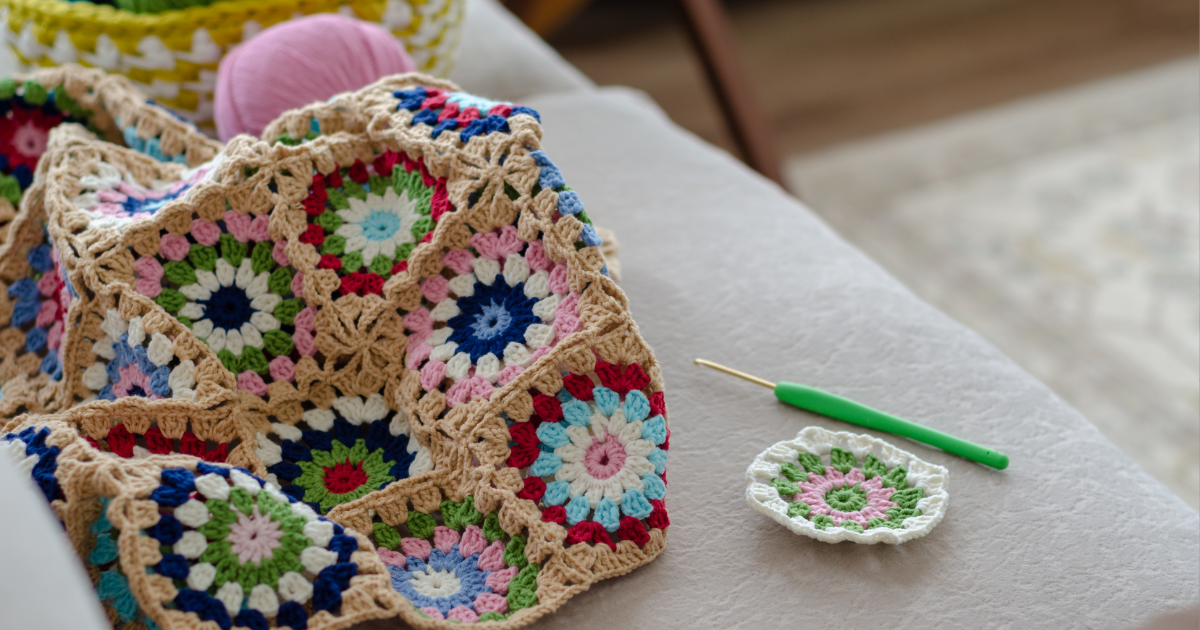

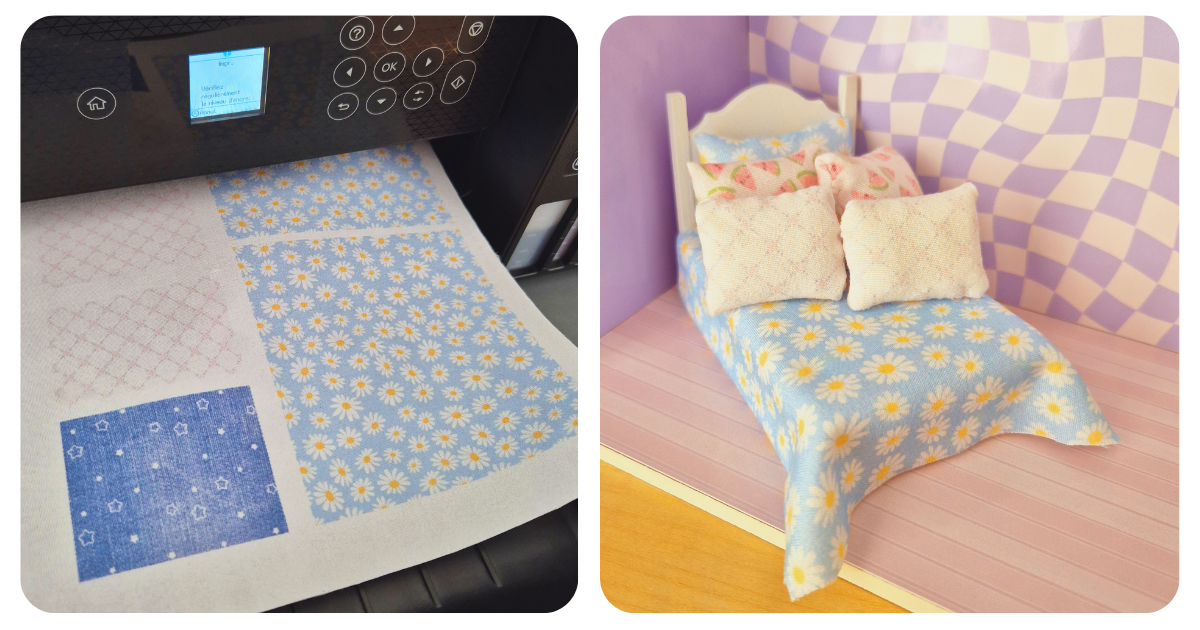

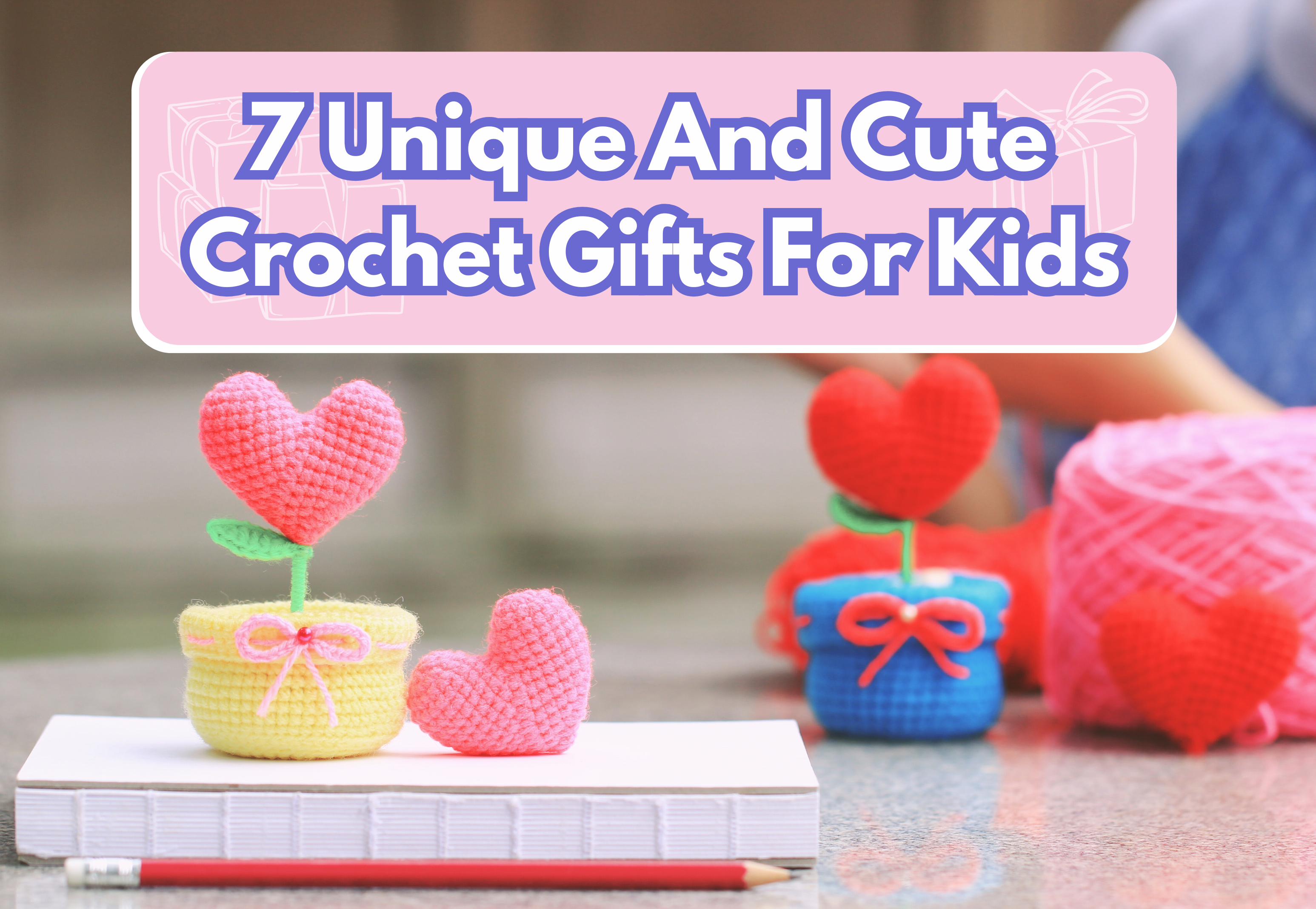
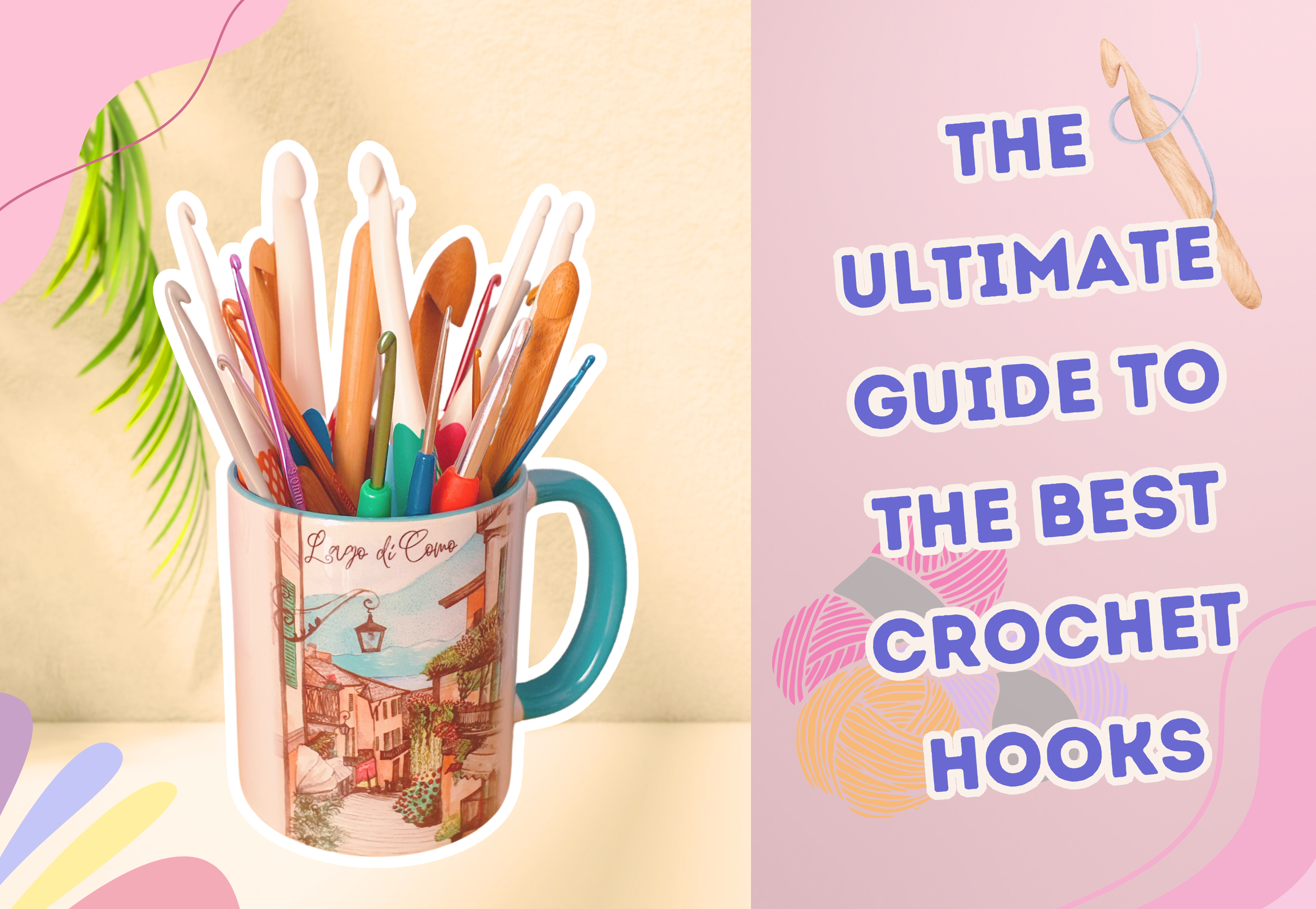
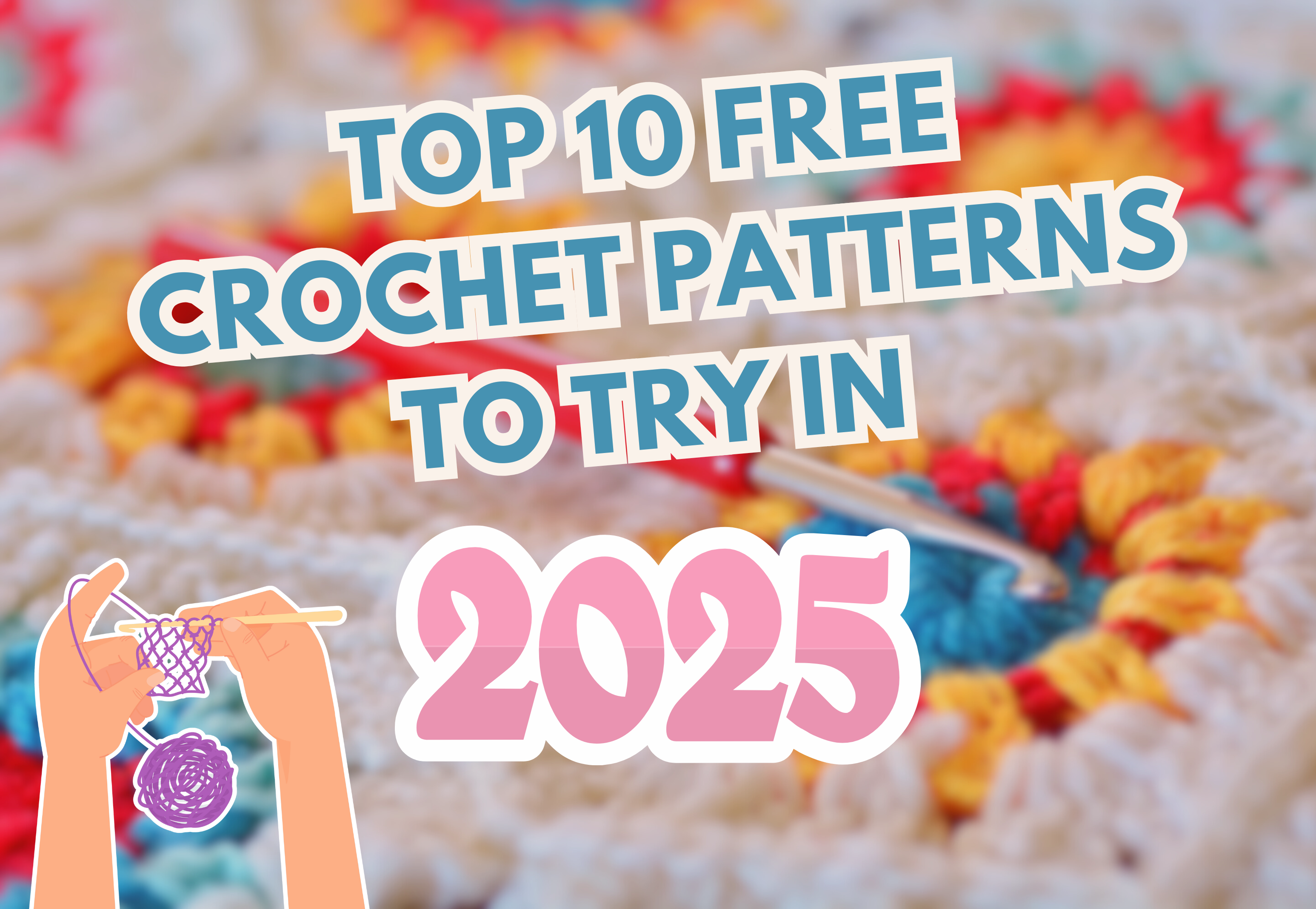
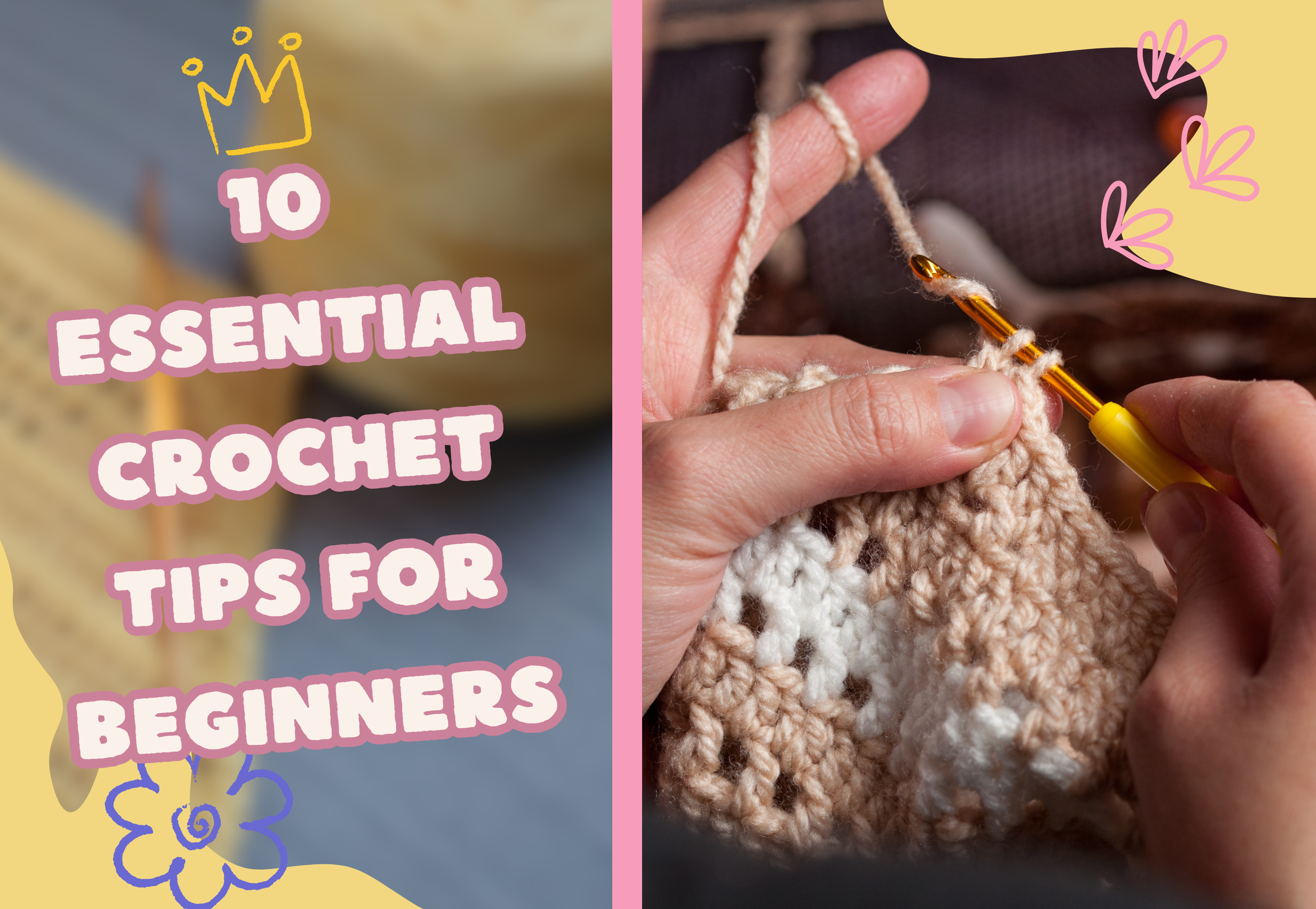
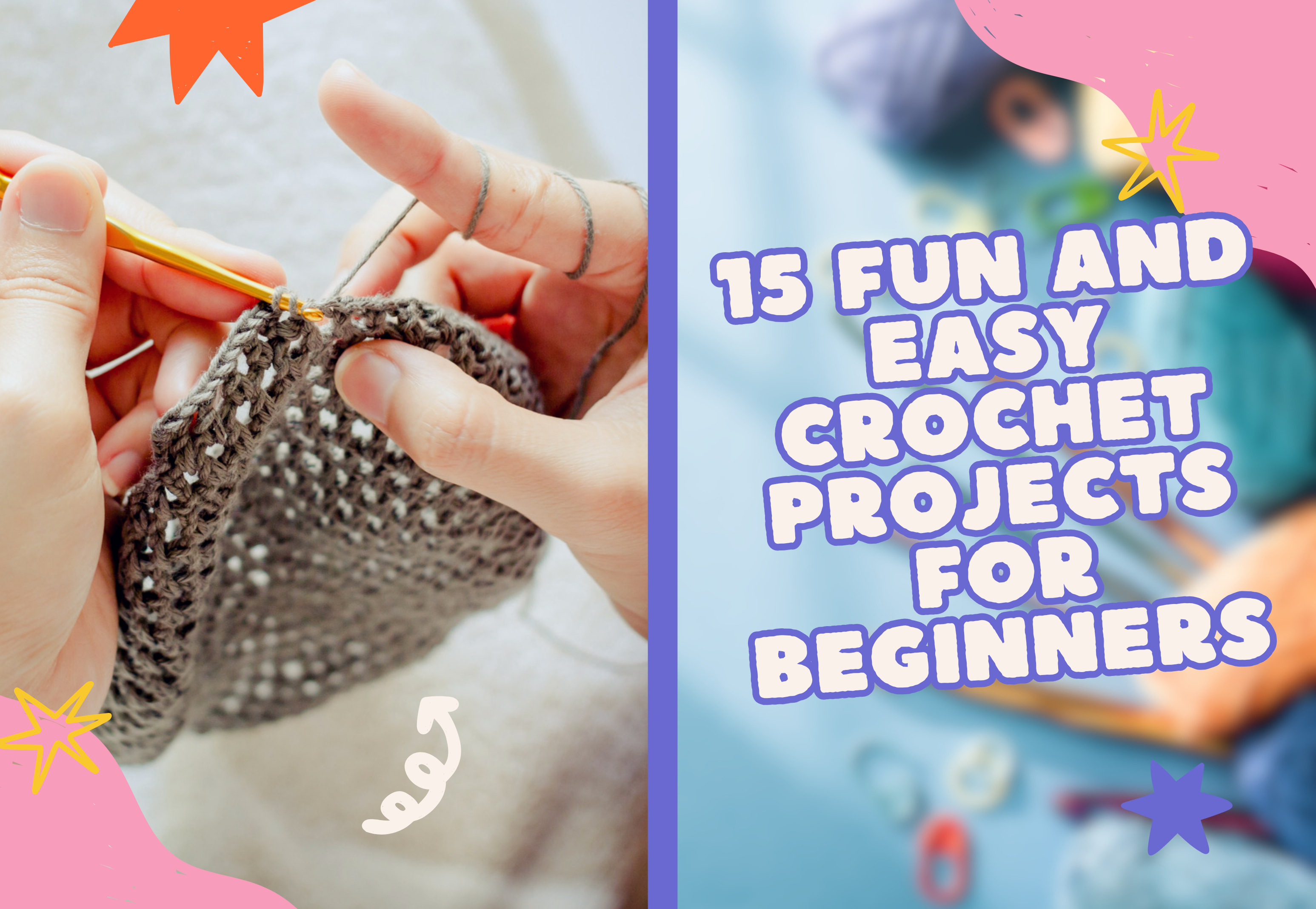
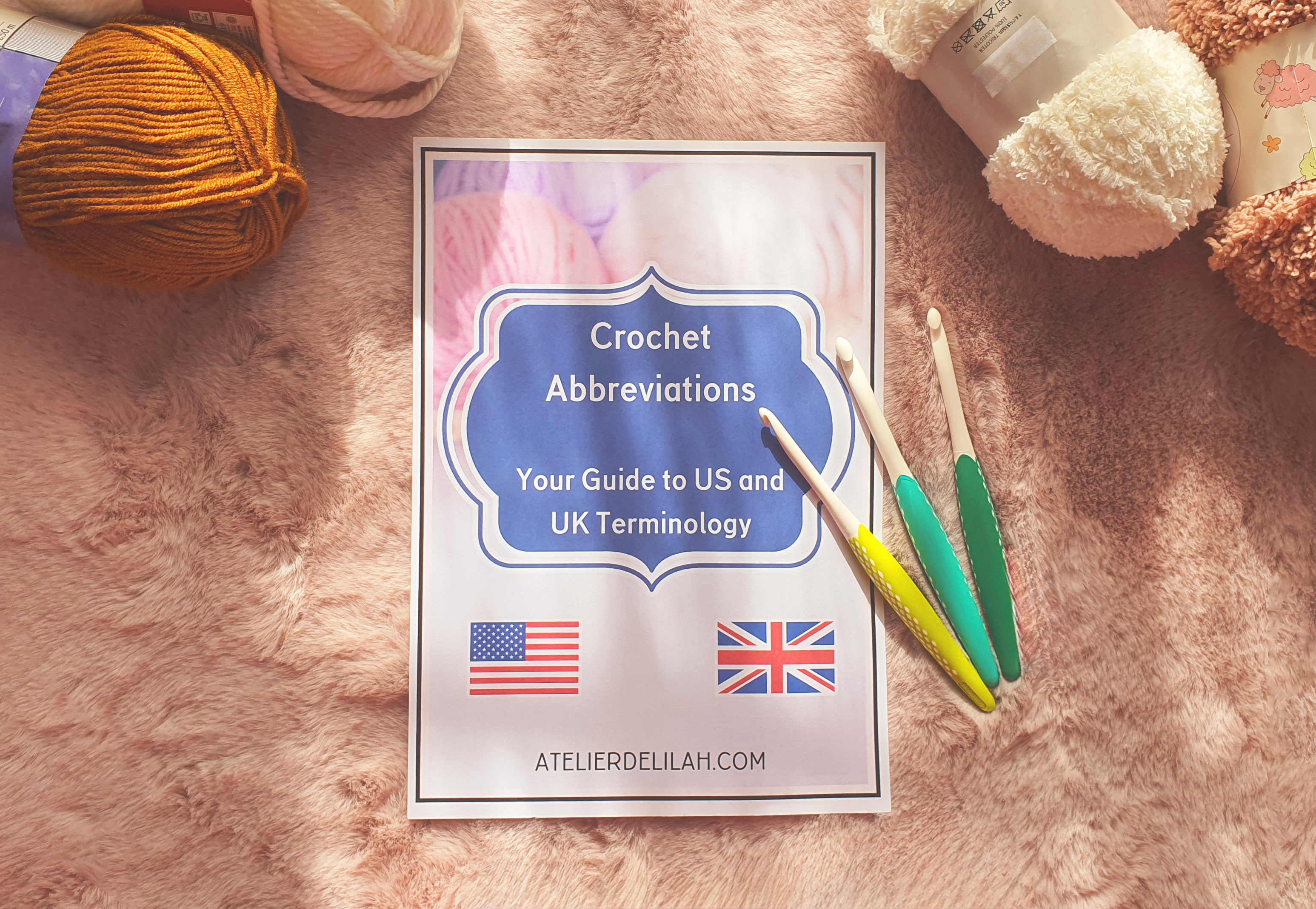

0